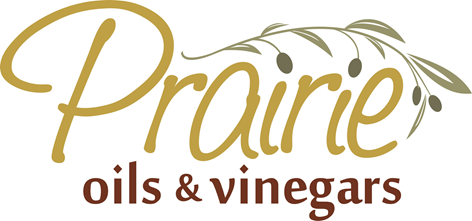EASTER TRADITIONS
Share
 Easter is a Christian tradition that celebrates the resurrection of Jesus Christ. The Bible says Christ died on a cross and was resurrected three days later. The date Easter is celebrated on changes with the lunar calendar each year and they call the Friday of Easter "Good Friday" and the Sunday "Resurrection Sunday". This is the most important celebration of the Christian calendar.
Easter is a Christian tradition that celebrates the resurrection of Jesus Christ. The Bible says Christ died on a cross and was resurrected three days later. The date Easter is celebrated on changes with the lunar calendar each year and they call the Friday of Easter "Good Friday" and the Sunday "Resurrection Sunday". This is the most important celebration of the Christian calendar.
The exact date of Jesus' death and resurrection would often fall on a weekday and many preferred the festival to be celebrated on a Sunday. So the early Christians chose to link the date to the Hebrew calendar, which places Easter on the first Sunday following the first full moon
Over the Easter weekend, many Christians spend time at church in thought, prayer and celebration of Jesus Christ's life, and may get together with friends and family for a special meal.
Foods for Easter family gatherings can be as varied as those who assemble around the table. For Bev Penner, owner of Prairie Oils & Vinegars, the Easter meal frequently was a baked ham, hard boiled eggs, cooked potatoes that were shredded and then fried in a cast iron skillet.
"My grandma would make pluma moos (or plum mousse), which is a cold cream soup with fruit, traditionally made with plums or other dried fruit, but my favourite was with bing cherries instead," says Penner.
Then there are more modern traditions that are common across many cultures - such as Easter eggs, the Easter bunny and chocolate.
But where do these modern traditions come from?
Many origins of decorated eggs can be found in eastern and Central European cultures, including the Ukrainian tradition where decorated eggs, called psyansky, pre-date Christian traditions.
Decorating eggs for Easter began when Orthodox Christians were looking for a way to preserve eggs while fasting during the tradition of Lent, which is observed for 40 days in the time period approximately leading up to Easter. One way to keep them from going to waste was to boil the eggs and keep them until the fasting period was over. The boiled eggs were decorated before serving in celebration of breaking the fast. Christians and many others continue the tradition of decorating the eggs even if they are not observing Lent.
The Easter Bunny is a symbol used in folk lore that shows a rabbit with a basket of decorated eggs, candy (like chocolate) and sometimes toys. These goodies were traditionally given to children. There are similarities between the Easter Bunny and Santa Claus in traditional stories as they both bring gifts and are symbols of cheer. According to German origin stories, the "Easter Hare" also judged whether children were good or bad at the start of the Easter festival season.
Whatever your traditions, we all wish you a very Merry - oops! - Happy Easter!
